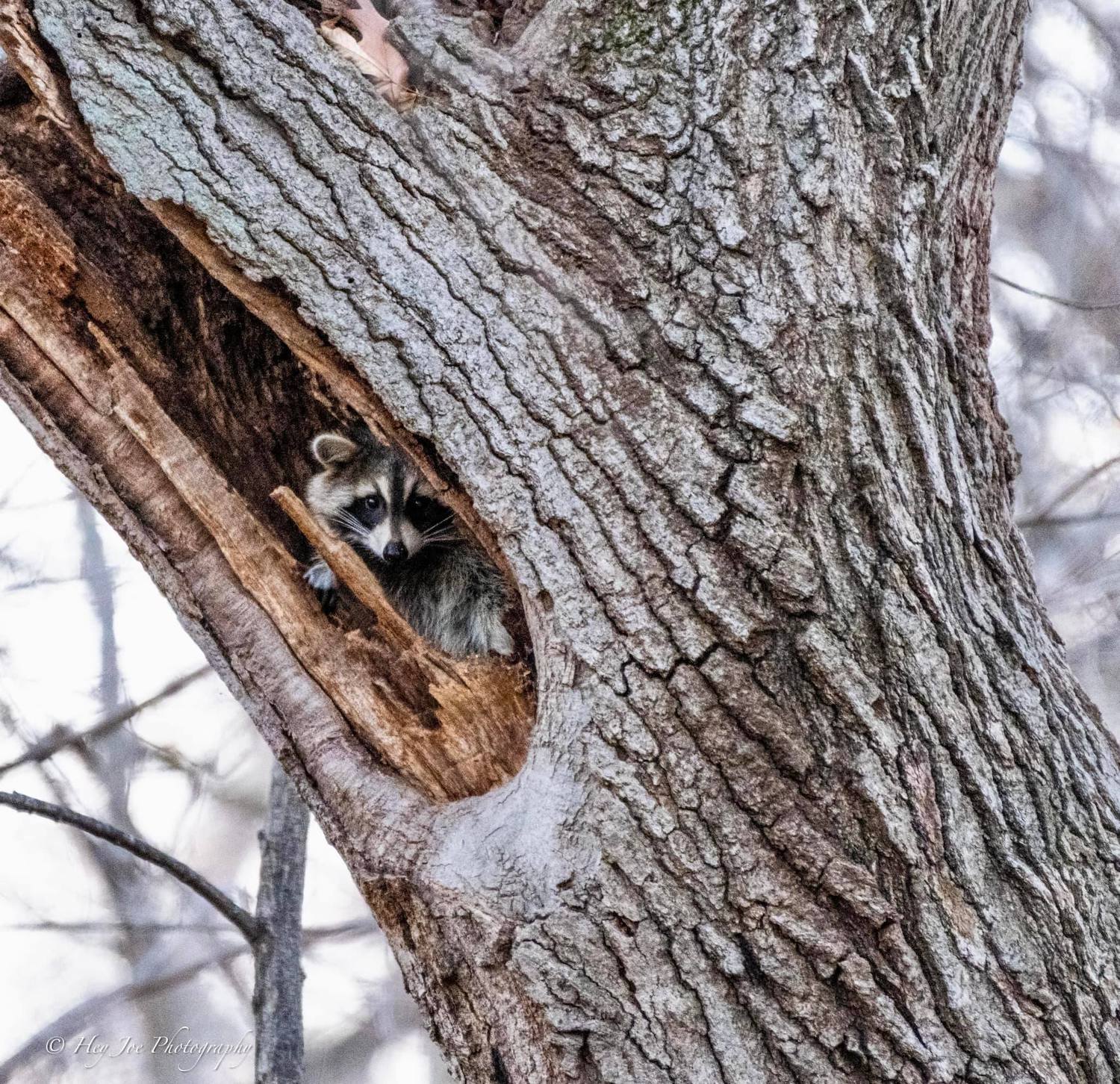Is your yard a hotspot for local wildlife? Get it certified

If your yard is busy with bees, all aflutter with birds and butterflies and the place to hang out for all manner of other wildlife, you can get an official seal of approval from the National Wildlife Federation.
The wildlife federation will bestow the official certified wildlife habitat title on any outdoor space that provides the required amount of food, water, cover and places to raise young, as well as follow sustainable practices, according to the National Wildlife Federation. Food must include three from a list of several types of food sources, including fruits, nuts, seeds, pollen, suet and animals feeders. One water source is also required, and it can be any permanent body of water, a seasonal pool, a birdbath, a rain garden or a butterfly puddling area.
The required cover to become a certified wildlife habitat has to include at least two places for animals to take shelter from the weather or predators. These can include shrubs, thickets, evergreens, ground cover, brush piles, rock piles, wooded areas, brambles, caves, burrows, meadows or roosting boxes. The required places to raise young must include two spots where animals can engage in courtship, mate and then bear and raise their young. These can include several of the same types of areas that provide cover, including meadows, caves, burrows, shrubs and thickets, as well as mature trees, dead tree snags, water gardens, ponds, wetlands, nesting boxes or host plants for insects.
Certified wildlife habitats also must utilize sustainable gardening practices from two of three categories: organic practices, exotic species control and soil and water conservation. Organic practices can include composting and/or the elimination of chemical pesticides and fertilizers, while exotic species control can include planting native plants, removing non-native plants, reducing lawn cover and practicing integrated pest management. Soil and water conservation can include limiting water use, use of mulch, capturing rain water from your roof, adding a rain garden, using drip or soaker hoses for irrigation and water-wise landscaping.
You don't have to have a lot of space to become certified as a wildlife habitat, the National Wildlife Federation advises. Even a balcony can be certified as long as it includes all the required elements. And every wildlife habitat in a residential area helps replenish lost habitats that provide critical resources for insects, birds, amphibians and other wildlife.
The federation provides a printable checklist that you can use to ensure your yard meets the criteria. Once you've verified that it does, you can certify your space online.
There is a $20 application fee to certify your yard or garden as a wildlife habitat. The fee helps support National Wildlife Federation programs that educate and inspire others and address issues such as declining wildlife habitat. A portion of the fee also supports local wildlife in the federation's state affiliates. For an additional $30, you can get a sign to display in your yard that shows it is a certified wildlife habitat.
